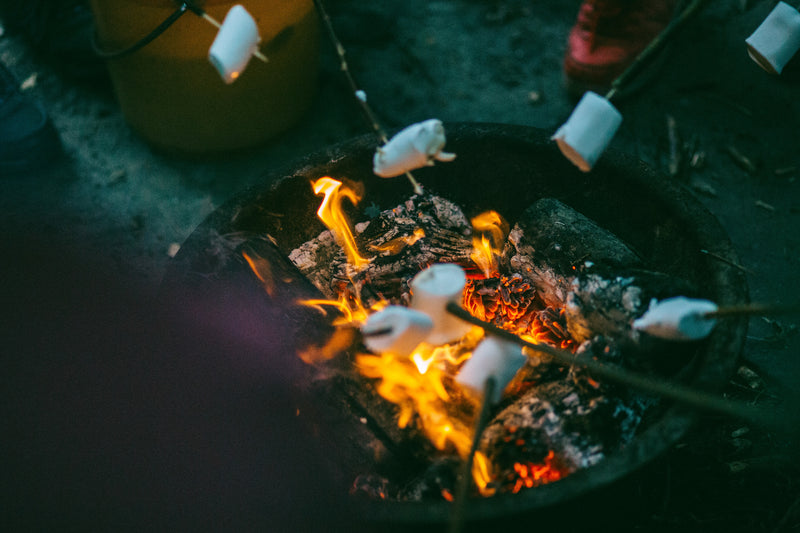HOW TO START A FIRE IN ALL WEATHER CONDITIONS
5 min readGear
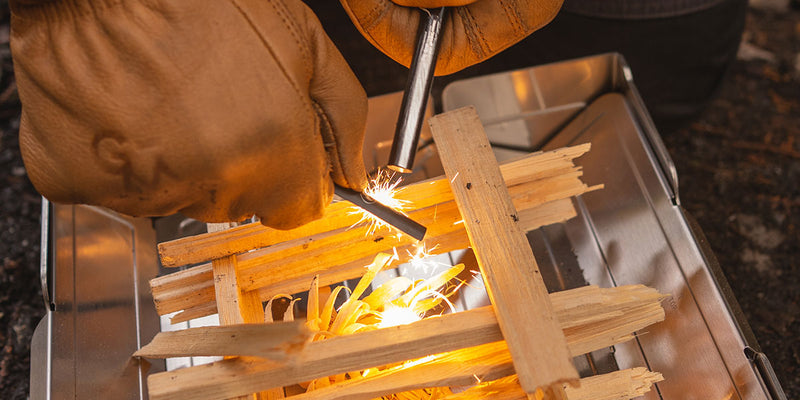
Everyone loves roasting marshmallows by a roaring campfire on a clear summer’s night… but what about those less-than-ideal days when it’s cold, raining, windy or you’re at such a high altitude that your lighter won’t work? These are the days where experience matters and it counts to be prepared. Luckily, your trusty Wolf and Grizzly® Fire Set and handy Spark Fiber are here to get the job done, no matter the weather thrown at you.
1. Essentials tools for starting a fire
Having the best tools for the job is the most essential thing about starting a fire in any situation, but this is especially important in less than ideal conditions. Here are some must-have tools that you will need to start a fire in rain, wind, snow, or at altitude:
Fire Set (Ferro rod) - First things first, you will always need something to start the fire itself. If you are facing adverse conditions there is nothing more effective than the Wolf and Grizzly Fire Set. While matches won’t work in the rain and butane lighters won’t work in the cold, Fire Set will produce consistent sparks up to 5400°F in any condition.
Spark Fiber - Next you need something that will catch the sparks. It’s important to use a fire starter that’s made from a water-resistant material, as fair weather go-to’s like dead grass and paper will just absorb humidity.
Spark Fiber is a natural fire starter made from waxed American white pine wood fiber. Best used with Ferro rods, Spark Fiber is a lightweight, water-resistant, environmentally friendly product that will catch fire even in the harshest climates. While there are other fire starters on the market, many of them contain harmful accelerants and have a short shelf life. Spark Fiber is sustainably sourced, non-toxic, and will remain flammable for a long time.
Knife/small axe - Even if you are using pre-cut firewood to build your fire, it’s a good idea to have a knife or small axe on hand so that you can cut your collected firewood into smaller pieces. Using a good amount of kindling and tinder wood is especially important when lighting a fire in wet weather.

Photography: Teddy Costco
2. Positioning your fire
If it’s raining, snowing or you simply find yourself on wet ground, it’s going to be significantly more difficult to start a fire without a raised platform. If you don’t elevate your fire off the ground, the moisture will simply dampen your wood and extinguish your fire. The easiest way to combat this is to use Fire Safe.
Fire Safe is a compact, lightweight collapsible fire pit that easily fits in your backpack and provides a raised, dry fire pit in seconds. If you don’t have one (you’re missing out), try and clear the ground of any snow, wet leaves, or debris and use rocks to create an elevated base on which you can build your fire.
In addition, try to find a sheltered spot away from the wind and rain, yet not too close to short snow-covered trees. Remember, the heat from your fire will melt any nearby snow, which could result in the water extinguishing the fire you worked so hard to create!

Photography: Teddy Costco
3. Finding dry wood
Quite possibly the most daunting part of trying to build a fire in the rain or snow is trying to find dry wood. What’s more, without the right type of timber, you won't easily be able to start a fire. You probably know you need three types of wood to build a crackling fire: tinder, kindling, and firewood. Top tip from the WG team: Lighten the load by using Spark Fiber instead of heavier tinder alternatives.
It’s important to look for dry wood in sheltered spots like the undersides of dead trees, not on the ground. This applies to both kindling and wood, as you might be able to snap off enough twigs and branches from a single dead tree.
When you have found your dry(ish) wood, split your logs into smaller pieces lengthways. This way you can expose the dry insides of the wood which will burn much more easily. You will want to cut your logs quite small to increase the surface area of the dry parts.
Lastly, if you have sticks and branches covered in bark, this usually means the insides have been protected that little bit more, and it is likely you will find dry wood once you peel off the bark.

Photography: Teddy Costco
4. Building your fire
The way you build your fire is even more important in wet or windy conditions. You will want to build a fairly tall structure with lots of ventilation and double your normal tinder. While Spark Fiber will light quickly (even when it’s wet outside) if your kindling and firewood are still damp, it will take longer to catch. Try using a bigger-than-normal pinch of Spark Fiber to increase burn time and help the kindling to catch the spark.
There are many different fire structures but the traditional tee-pee is a good choice in wet conditions, as it will allow the fire to dry out the external wood layers before burning it. Ventilation is also particularly important at high altitudes, as there is a lower air density. This means it’s imperative to have good airflow around the fire to save it from being smothered.

Photography: Teddy Costco
5. Light it up!
Finally, it’s time to light your fire! As mentioned earlier, butane lighters won’t work in extreme cold as the liquid can’t turn into gas, and not only are matches useless when wet, even if you remember to bring the water-resistant ones, you will be limited by how many you carry. By using Fire Set, you’ll get up to 20,000 sparks in rain, hail or shine!
When lighting your fire, remember to get as close as possible to your tinder when striking the Ferro rod and light from the side the wind is blowing. Standing upwind when you light the fire will blow the flame into the center of the structure. Work smart, not hard!
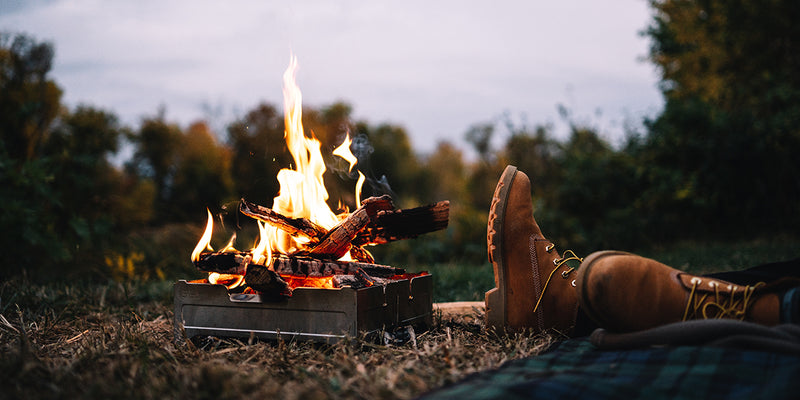
5 Gift Ideas For The Outdoorsy People In Your Life
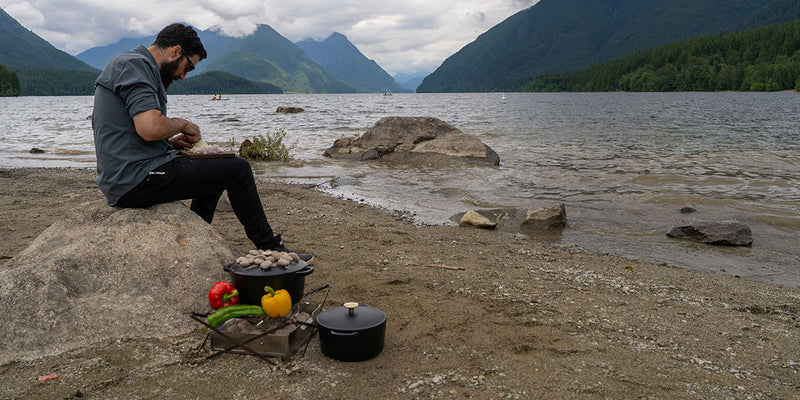
How To Choose The Best Size Dutch Oven For You
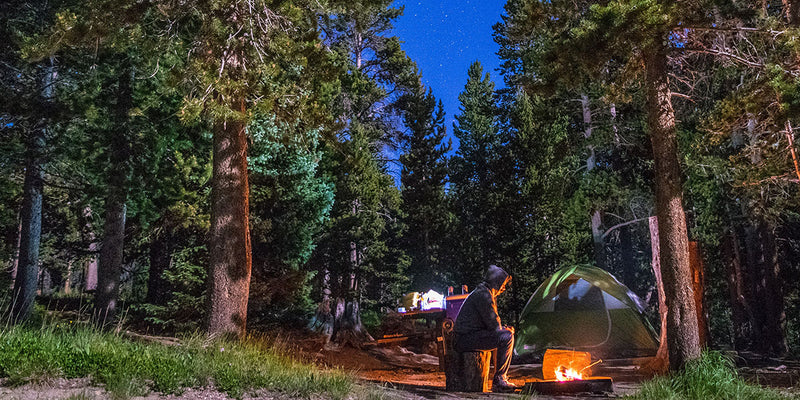
HOW TO PACK FOR A CAMPING TRIP: GEAR YOU SHOULDN'T FORGET ABOUT
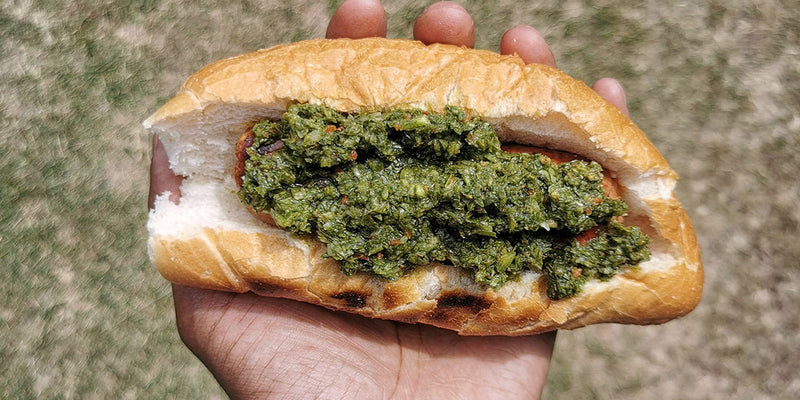
Choripan: Grilled Chorizo with Chimichurri
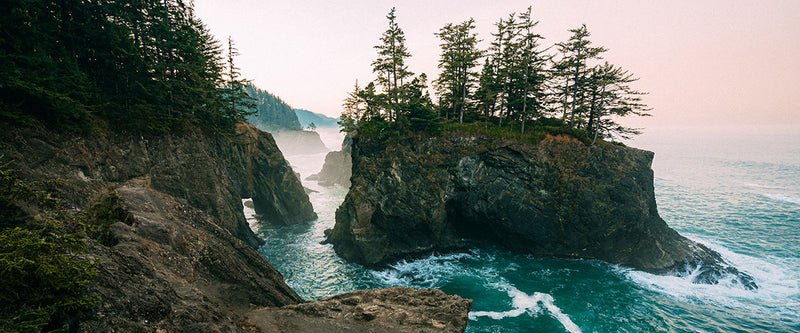
LIFE ON THE PACIFIC COAST: GOOD FRIENDS, GOOD WAVES AND GOOD TACOS
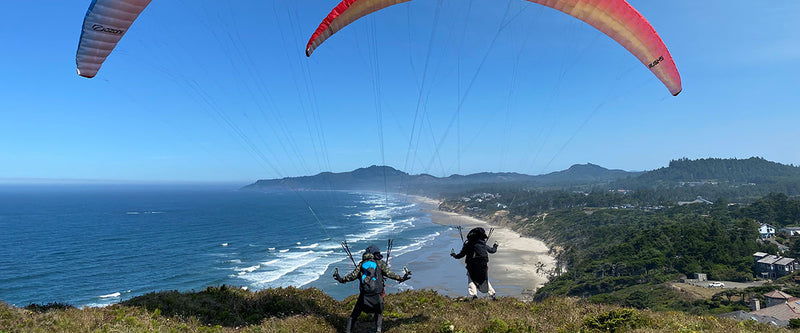
PACIFIC COAST ADVENTURES: FROM THE SKIES TO THE OCEAN
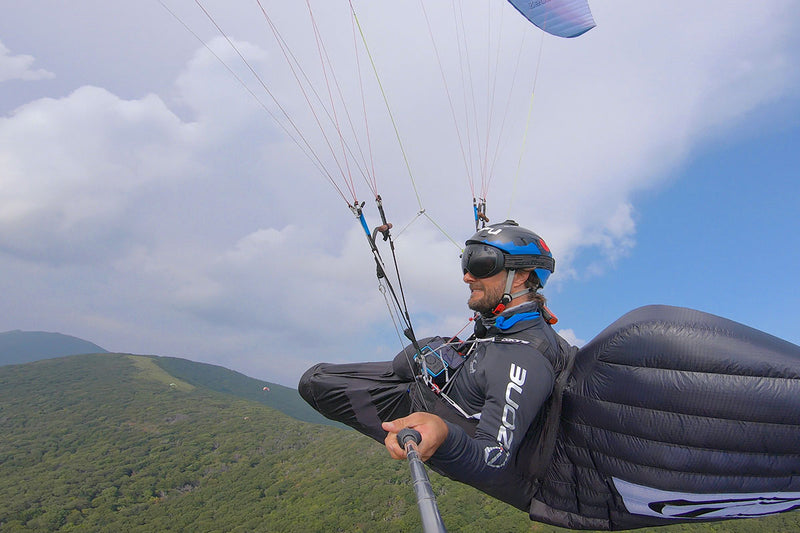
PAYING IT FORWARD: PARAGLIDING IN APPALACHIA
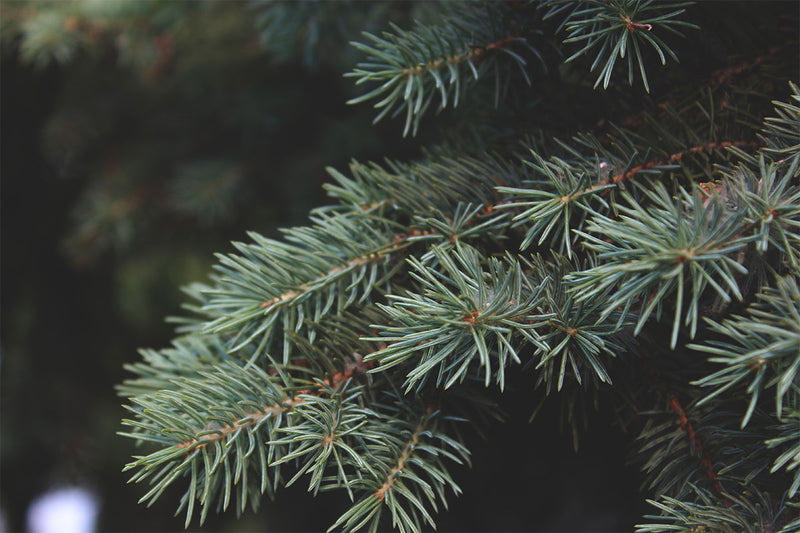
THE WG GIFT GUIDE: GIVE THE GIFT OF THE OUTDOORS
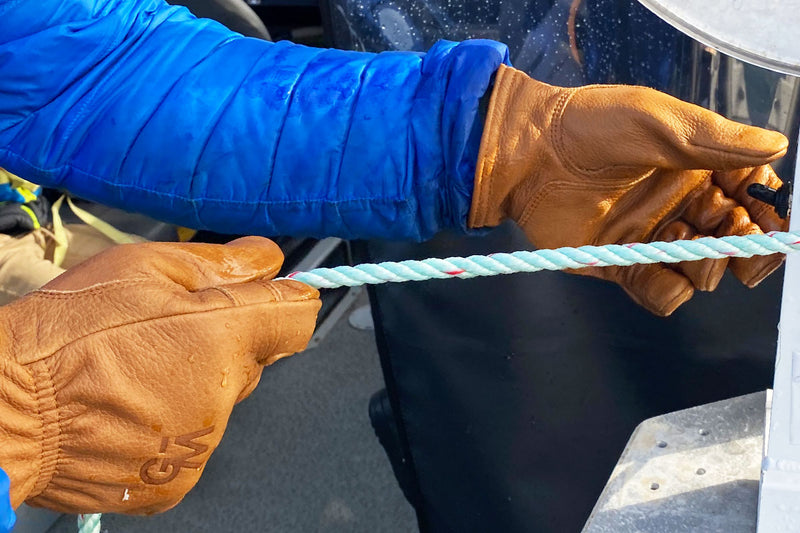
WILDERNESS GLOVES: FOR A LIFE IN THE WILD

HOW TO START A FIRE IN ALL WEATHER CONDITIONS
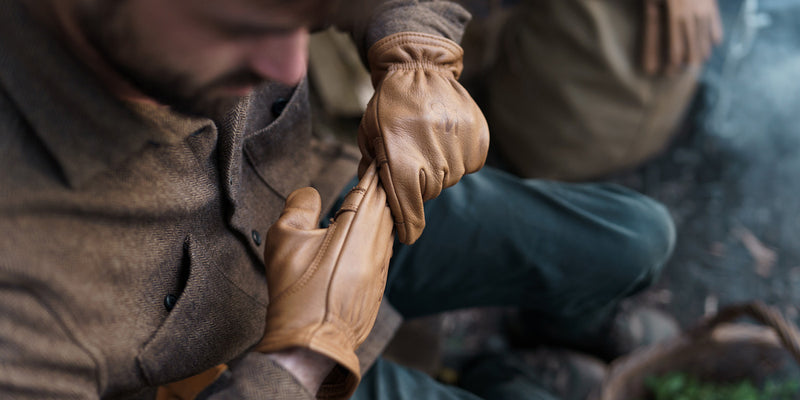
HOW TO CARE FOR AND MAINTAIN WILDERNESS GLOVES
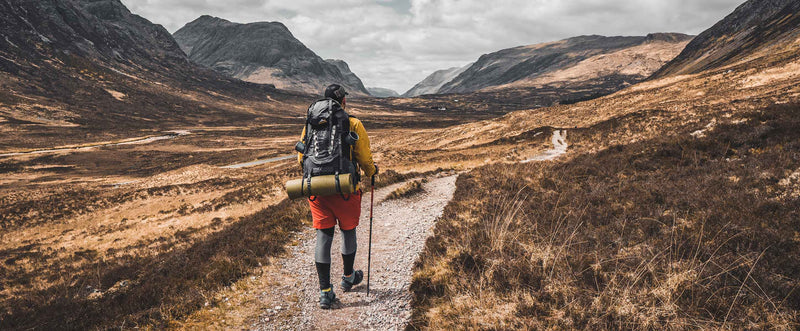
How to Pack Clothes Like a Pro for Your Next Backpacking Camping Trip
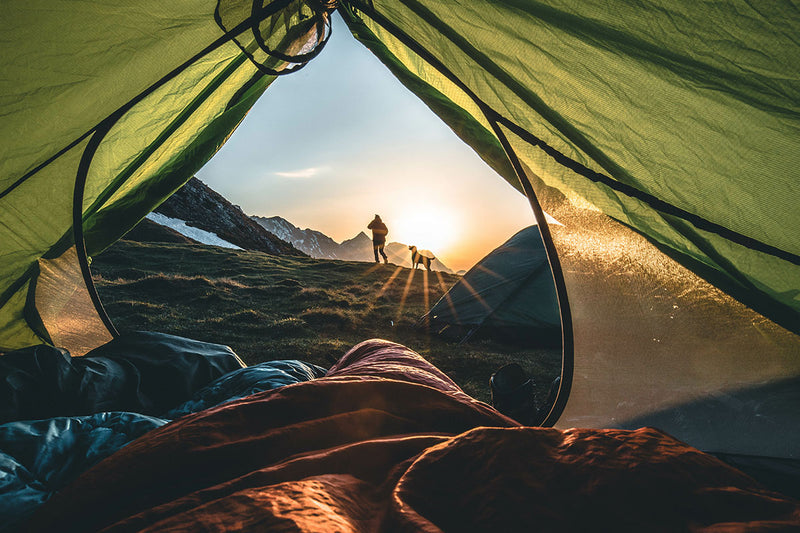
Camping Trip Checklist: How To Pack The Right Way
